10 things you probably didn’t know happened at Schulich Medicine & Dentistry
How well do you know your school?
Throughout the past 135 years, the Schulich School of Medicine & Dentistry has seen some pretty big changes, and even bigger discoveries and events (just like the birth of genetics and discovery of insulin, no big deal).
To help celebrate Founder’s Day at Western University, we’ve put together a list of 10 things that you probably didn’t know happened at Schulich Medicine & Dentistry.
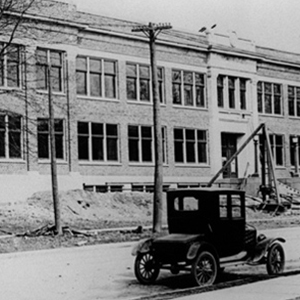
1. At one point, the entire medical school could fit in one small classroom
When the agreement was signed to establish a medical school at Western University on May 26, 1881, only 15 students were enrolled in the first class. They were all male.
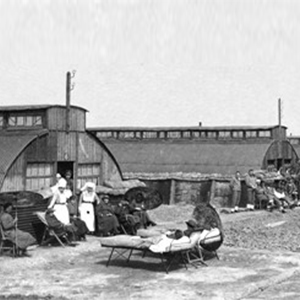
2. Medical students got hands-on training during World War I
During World War I, Western University mobilized the No. 10 Canadian Stationary Hospital in France. Medical students helped run the 400-bed hospital, which operated from December 1917 until May 1919. Talk about real-life experience.
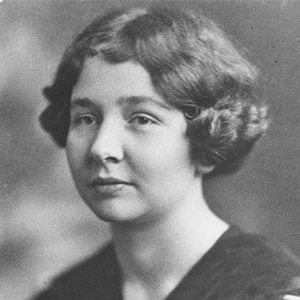
3. Women can be doctors too!
Did you know that it took almost 40 years for a female student to enrol in the medical school? Her name was Dr. Kathleen Braithwaite Sanborn, and she graduated in 1924. She went on to establish a successful practice in Windsor, Ontario with her husband, a fellow Western alumnus.
The first female PhD student, Dr. Carol Buck, didn’t graduate from the School until 1950, but went on to also become the School’s first female Department Chair leading the Department of Epidemiology and Biostatistics for 10 years.
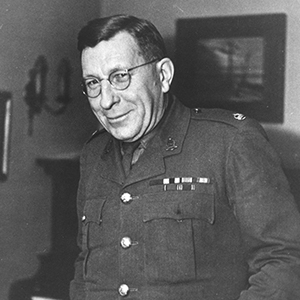
4. Research on campus changed the lives of diabetes patients forever
Patients around the world living with diabetes can be thankful for some of the cutting-edge research that took place at Western that led to the discovery of insulin. In 1920, Sir Dr. Frederick Banting was appointed as a faculty member at Western, and became interested in diabetes while working as a medical demonstrator for the University, which ultimately led to his discover of insulin.
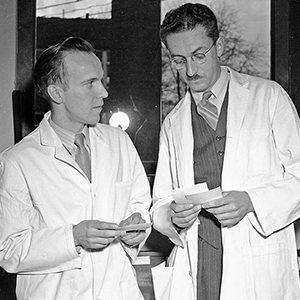
5. The field of genetics was born
Almost 70 years ago, Dr. Murray Barr discovered the Barr body, a sex chromatin found only in female mammalia. This discovery gave birth to the field of genetics and the important research of genetic disorders.
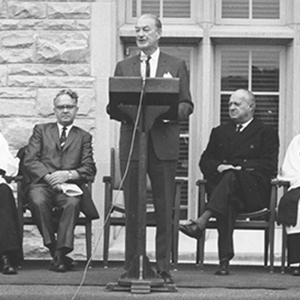
6. What about the dentists?
In 1964, the Ontario government approved a separate Faculty of Dentistry at Western University. Medicine and dentistry didn’t join forces until 1997 when the fields merged into the University’s School of Medicine & Dentistry. Since then, the School has generated physicians, dentists and researchers who all implement the same patient-centred approach.
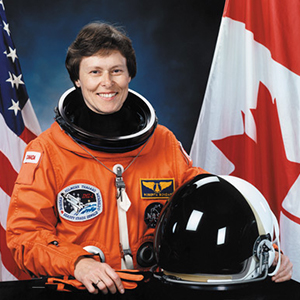
7. Our researchers reach for the stars
After earning her MSc in Pathology from Schulich Medicine & Dentistry in 1971, Roberta Bondar became the first Canadian female astronaut in space, and was also the world’s first astronaut-neurologist.
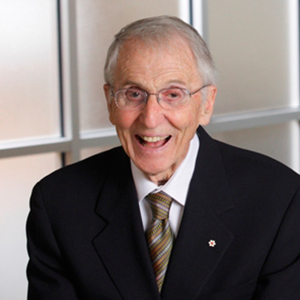
8. Aspirin becomes more than just your average pain medication
Did you know that in 1978, Dr. Henry Barnett demonstrated that aspirin can prevent strokes? He also discovered that good medical treatment for stroke patients was more effective than the surgical treatment that was widely being used at the time.
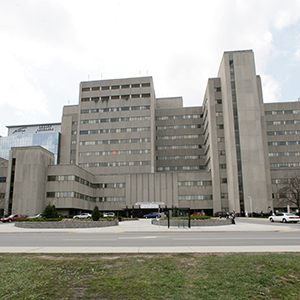
9. A handful of firsts set us apart from the rest
In 1982, the first human brain MRI scan was performed at Western University. This led to pioneering discoveries throughout the 80s and 90s in neuroscience, cardiovascular, orthopaedic and neonatal MRI.
A year later, the first heart-lung transplant was completed at University Hospital. And in 1987 the world’s first pacemaker cardioverter defibrillator (PDC) was implanted at University Hospital — a device that combines the work of a pacemaker and a defibrillator to regulate irregular heart rhythms and prevent cardiac arrest.
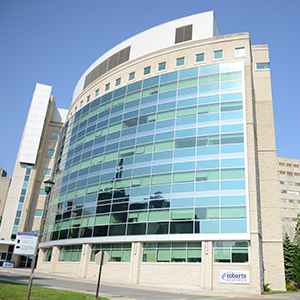
10. Making a bigger impact in the world of research
In 1986, Western University opened its medical research facility, Robarts Research Institute, which houses more than 600 researchers investigating diseases such as heart disease, diabetes, Alzheimer’s and cancer.








